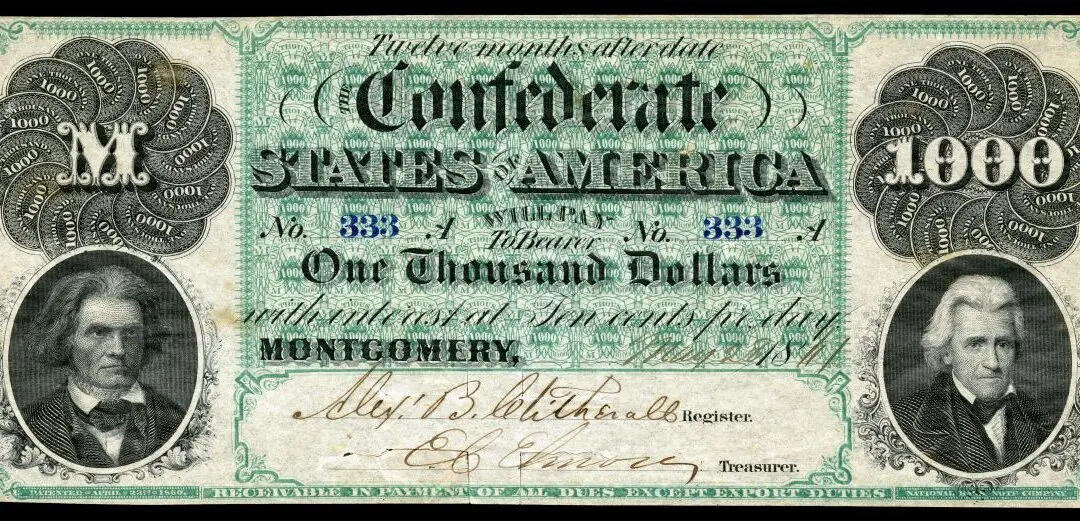Bruce G. Carruthers, the John D. MacArthur professor of sociology at Northwestern University, has written a new book entitled “The Economy of Promises: Trust, Power, and Credit in America.” In his book, Carruthers thoroughly presents the history of America’s credit economy, going back to the beginning of the republic to modern times.
This will indeed be an insightful book for readers interested in understanding the steps that were taken to establish America as a credit-based economy. As Carruthers accurately states, his book is about “the modern history of a particularly important kind of economic promise: the commitment to pay a monetary debt.”






